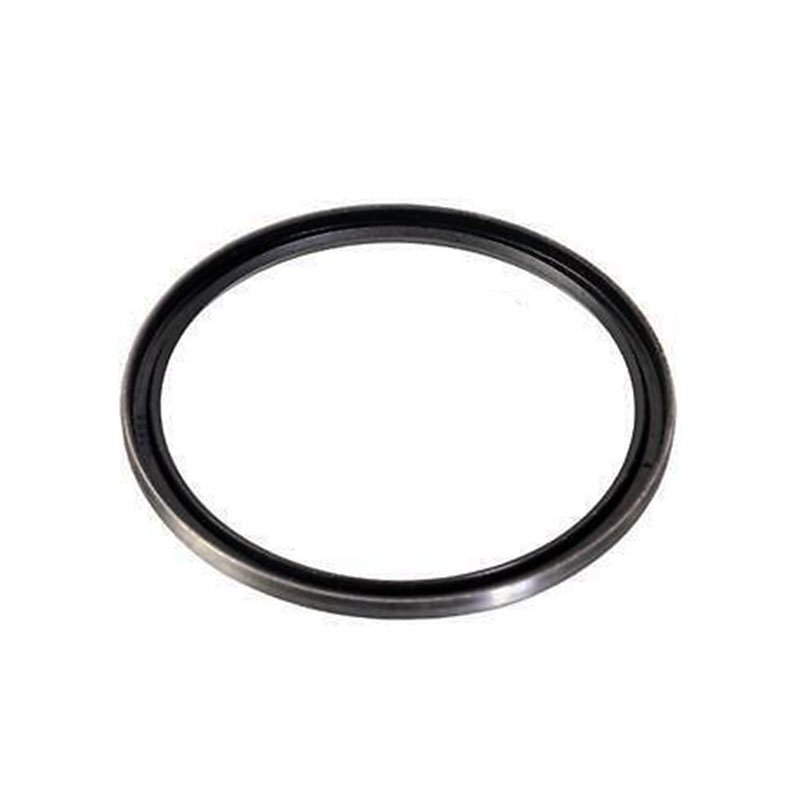quad ring seal
Understanding Quad Ring Seals A Comprehensive Overview
Quad ring seals, also known as four-lip seals or X-rings, are essential components in sealing technology, widely used across various industries due to their unique design and advantageous characteristics. Unlike traditional O-rings, quad rings feature a distinct geometry that enhances their sealing capabilities, making them a popular choice for applications requiring reliable sealing in dynamic and static environments.
Design and Structure
The quad ring seal is characterized by its four-lobed cross-section, which resembles the letter X. This innovative design provides several benefits over conventional O-rings. The shape allows for a larger contact area with the sealing surface, resulting in improved sealing performance and reduced chances of leakage. Additionally, quad rings are able to maintain better stability and alignment during operation, which is critical in high-pressure and high-temperature applications.
One of the significant advantages of the quad ring’s design is its ability to function effectively in both dynamic and static situations. This versatility makes it suitable for various types of machinery and equipment, including hydraulic and pneumatic systems, automotive applications, and industrial machinery.
Materials
Quad rings are typically made from a variety of elastomer materials, including nitrile rubber (NBR), fluoroelastomer (FKM), silicone, and more. The choice of material depends on the specific requirements of the application, such as temperature range, chemical compatibility, and environmental conditions.
For example, nitrile rubber is often used due to its excellent resistance to petroleum-based oils and fuels, making it ideal for various automotive and industrial applications. On the other hand, fluoroelastomer is preferred in environments with high temperatures and aggressive chemicals due to its superior thermal stability and chemical resistance.
quad ring seal

Performance Characteristics
The performance of quad ring seals is often superior to traditional seals, particularly in terms of fluid retention and pressure containment. The four-lobed design minimizes the risk of extrusion and allows the seal to recover its shape more effectively after compression. This feature contributes to a longer service life and reduces the frequency of maintenance or replacement.
Moreover, quad rings exhibit reduced friction during dynamic applications, resulting in less wear on both the seal and the mating surfaces. This quality is especially important in machinery operating at high speeds or under significant stress.
Applications
Quad ring seals find applications in various industries, including
- Automotive Used in engine components, fuel systems, and transmission systems to prevent fluid leakage and ensure optimal performance. - Aerospace Critical in hydraulic systems and fuel systems, where reliability and resistance to extreme conditions are paramount. - Hydraulics and Pneumatics Employed in pumps, cylinders, and valves to provide effective sealing and minimize leakage.
Conclusion
In summary, quad ring seals are a vital component in modern sealing technology, offering enhanced performance, versatility, and longevity compared to traditional O-rings. Their unique design allows for superior sealing capabilities in a wide range of applications, making them an indispensable choice for industries that demand reliability and efficiency. As technology continues to evolve, the use of advanced materials and manufacturing processes will likely further enhance the performance of quad ring seals, ensuring they remain a critical element in design and engineering solutions. Understanding their benefits and applications can help engineers make informed decisions when selecting sealing solutions for their specific needs.
-
Understanding the Importance of the Crankshaft Oil Seal in Engine Performance
News Jun.16,2025
-
The Unsung Heroes of Engine Protection: Understanding Automotive Shaft Seals and Oil Seals
News Jun.16,2025
-
Keeping the Engine Tight: The Role of Crankshaft Seals and Gaskets in Oil Control
News Jun.16,2025
-
Complete Protection in Harsh Conditions: A Deep Dive into Cassette Seals
News Jun.16,2025
-
Choosing the Right Oil Seal: A Guide to Trusted Brands and Suppliers
News Jun.16,2025
-
Advanced Sealing Technologies: Exploring the Range of Modern Oil Seals
News Jun.16,2025
-
Your Essential Guide to Car Repair Kits: From Rust to Dings
News Jun.13,2025
Products categories















